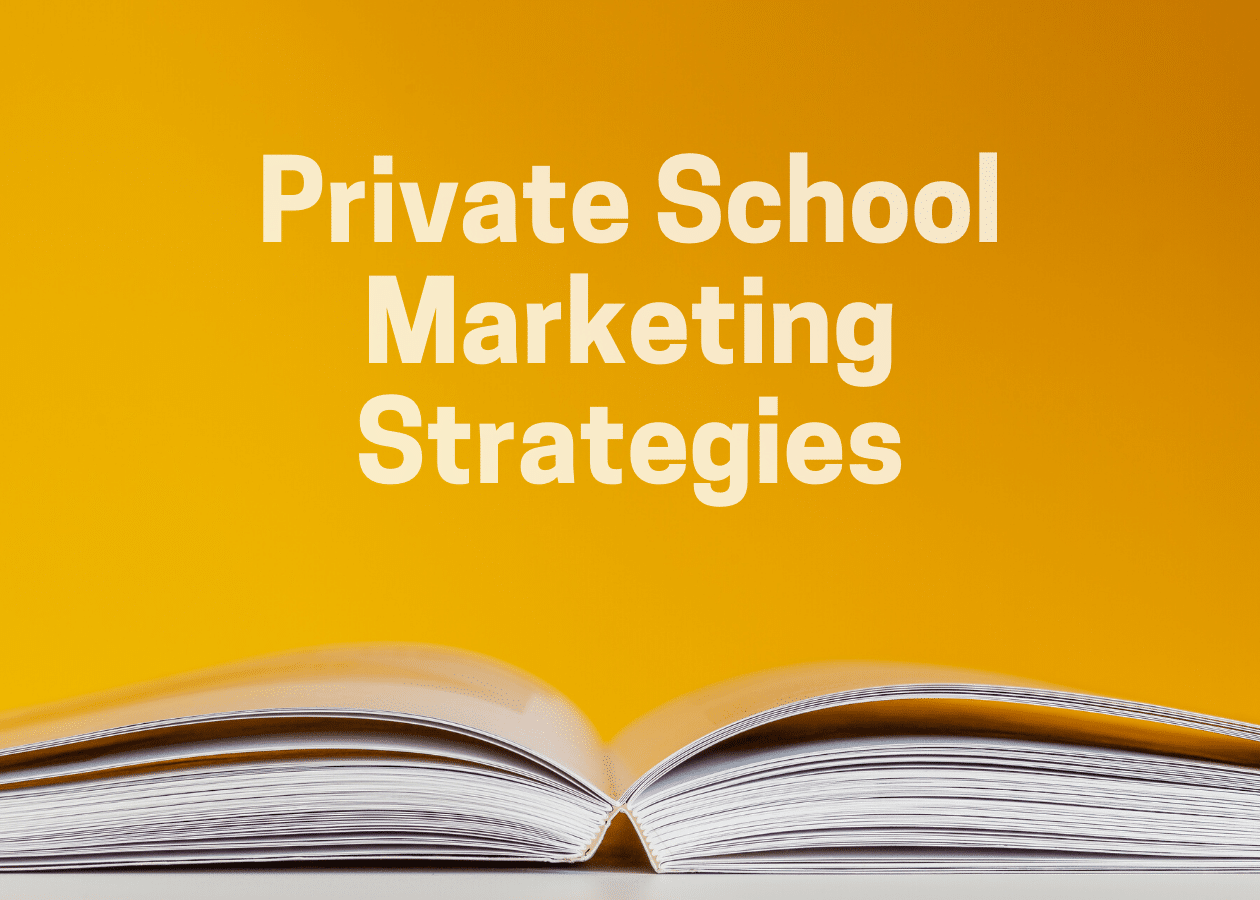You can develop your school marketing plans by using a document that properly outlines your goals and the strategies you want to use. Include realistic milestones for each step, make assignments if another staff is involved, and assure that every step focuses on your inbound goals, which should be tied to your school’s mission. For a step-by-step worksheet to develop your plan, you can implement the recommended inbound marketing template explained below;
Start by optimizing your school websites.
If your school website is not properly designed, not mobile-optimized, and inaccessible, then start here. Ensure to add online reviews and comments, do timely updates, and link to your social media accounts from your school website.

Research your keyword phrases.
There are certain keywords that parents use when searching for schools, like location, educational programs offered, and the likes. Identifying your unique features and searching out the most effective keywords will help you produce content that will increase website traffic and attract the right prospects.
Review and rewrite your website content.
Your school website is the first point of contact when your school is searched for online. Every page of the website gives you the opportunity to provide useful information and content. Use keywords throughout your website to highlight the programs and strengths to which you want to attract prospective parents and prospective students. The goal is to draw those ideal website visitors.

Start a blog
This is one of the most effective ways to add valuable marketing content to your website and draw potential customers to you. It is also one of the best ways to boost your SEO rankings on a regular schedule. Blogs are also an excellent way to tell your school’s stories in a personal and engaging way.
READ MORE: How NOT to Design Your School’s Website
Marketing Touchpoints for Schools in 2022:
1. Marketing a school
Marketing a school requires a holistic approach. By that we mean, you need to include all aspects of student life as potential marketing material. Since schooling in 2022 will require an adaption to a new set of norms, you need to communicate the quality of the experience your school provides. It also needs to demonstrate how well equipped you are for these changes and how the time invested in your school will affect the students.
There are several ways to market the best your school has to offer, including open days (which we suggest include virtual tours too), online broadcasting of events related to academia, and valuable information for students and parents alike. One of the trends in marketing at the moment is that of localization, where businesses become entrenched in their area and all things local. This presents an excellent opportunity for schools to broaden their reach within their area and community at large.
A key marketing strategy is to ensure that your strategy is inclusive of all students, as well as taking into account the privacy needs of these students. Privacy needs to be approached carefully, as recording and sharing students’ online needs to be done with consent and consideration. This will help to ensure that parents and students are happy and become advocates for your school. In a final note on this general approach, we suggest you focus on featuring the particular unique offerings at your school – from the facilities to the extra circular options and the campus publications.
2. Targeting

Your target audience should be well developed as a school because your audience is likely to be a mixture of parents and students. Ensure that you have mediums and content designed to meet all of the requirements while maintaining a reliable brand voice and image throughout your marketing communications.
3. Reputation Management
You need to be scouring the internet for all mentions of your school’s name. By engaging with your audience and being responsive, you can actively manage your reputation and instill strict codes of conduct that ensure your school can handle any crisis that may arise without long-term repercussions online.
4. Branding
Establish your school’s brand before you begin marketing. Branding is very important to future generations and includes your values and policies, which need to be communicated with transparency and authenticity. All of your marketing efforts should attempt to share the culture of your institution, with careful attention given to the look, feel, and voice of your school as well.
5. USPs (Unique Selling Proposition)

With schooling structures transforming, you should find what makes your school different and how it can positively affect the lives of students. Herein lies the ultimate drawcard for new students. Your ability to deliver on this is what will keep students with you throughout their academic journey. Another aspect of this is your ability to attract high-value staff, as teachers can make all the difference when it comes to school experiences.
